Rising Demand for Energy Efficiency
The metal roofing market is experiencing a notable increase in demand driven by the growing emphasis on energy efficiency in residential and commercial buildings. Metal roofs are recognized for their superior insulation properties, which can lead to reduced energy consumption. According to recent data, homes with metal roofing can achieve energy savings of up to 30% compared to traditional roofing materials. This trend is particularly relevant as consumers and businesses seek to lower utility costs and minimize their carbon footprint. The metal roofing market is thus positioned to benefit from this shift towards energy-efficient building practices, as more property owners opt for materials that contribute to sustainability and long-term savings.
Technological Innovations in Metal Roofing
The metal roofing market is being propelled forward by ongoing technological innovations that enhance the performance and aesthetic appeal of metal roofing systems. Advances in manufacturing processes have led to the development of lighter, more durable materials that are easier to install and maintain. Additionally, innovations such as reflective coatings and improved insulation techniques contribute to the energy efficiency of metal roofs. As these technologies become more widely adopted, the metal roofing market is expected to expand, attracting both residential and commercial customers seeking modern, efficient roofing solutions. This trend indicates a promising future for the market as it adapts to evolving consumer needs and preferences.
Growing Awareness of Long-Term Cost Benefits
The metal roofing market is increasingly appealing to consumers due to the growing awareness of the long-term cost benefits associated with metal roofing systems. While the initial investment for metal roofs may be higher than traditional materials, their longevity and low maintenance requirements often result in lower overall costs over time. Studies indicate that metal roofs can last 40-70 years, significantly outpacing asphalt shingles, which typically last 15-30 years. This understanding is reshaping consumer preferences, as property owners recognize the value of investing in durable materials. Consequently, the metal roofing market is likely to experience sustained growth as more individuals prioritize long-term financial savings in their roofing choices.
Increased Resilience Against Extreme Weather
The metal roofing market is witnessing heightened interest due to the increasing frequency of extreme weather events. Metal roofs are known for their durability and resilience, making them an attractive option for homeowners and builders in regions prone to severe weather conditions. For instance, metal roofs can withstand high winds, heavy snowfall, and hail, which are becoming more common in various parts of the United States. This resilience not only enhances the longevity of the roofing system but also reduces the need for frequent repairs or replacements. As a result, the metal roofing market is likely to see a surge in demand as property owners prioritize long-lasting solutions that can endure the challenges posed by climate change.
Government Incentives for Sustainable Building
The metal roofing market is benefiting from various government incentives aimed at promoting sustainable building practices. Federal and state programs often provide tax credits, rebates, or grants for homeowners and businesses that invest in energy-efficient roofing solutions. These incentives can significantly lower the initial costs associated with installing metal roofs, making them more accessible to a broader audience. As the metal roofing market aligns with governmental sustainability goals, it is likely to attract more investments and consumer interest. This trend not only supports the growth of the market but also encourages the adoption of environmentally friendly materials in construction.


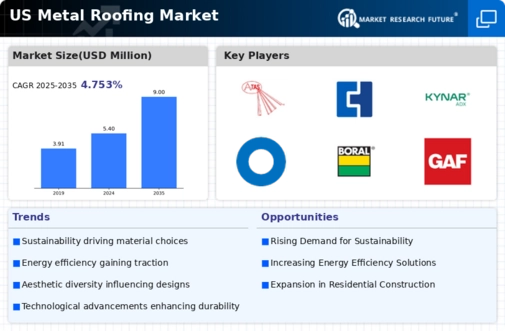
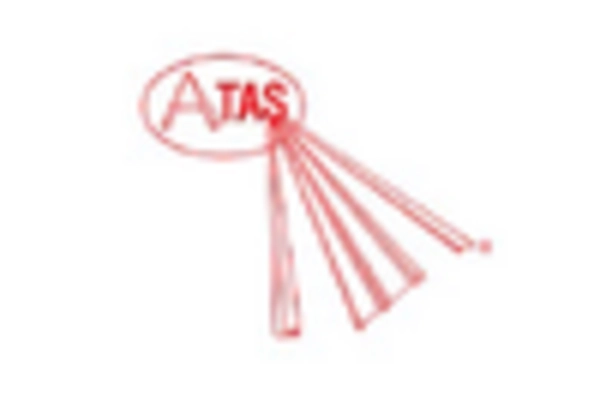
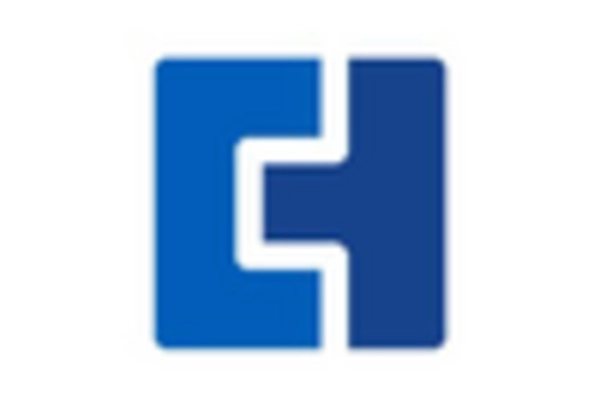

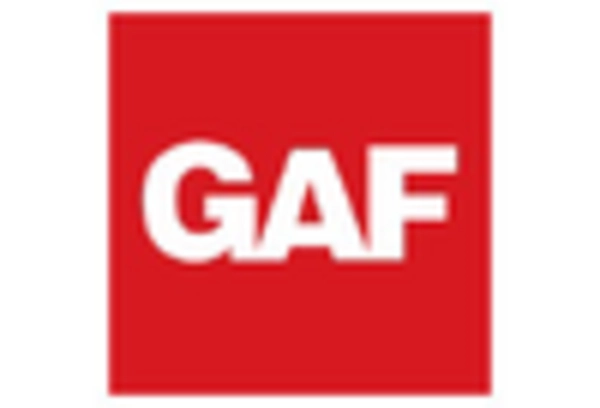
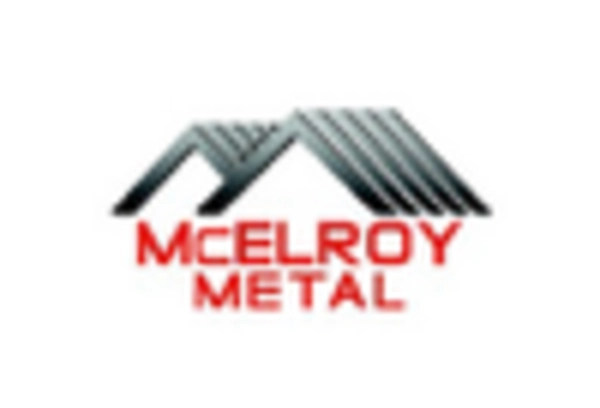
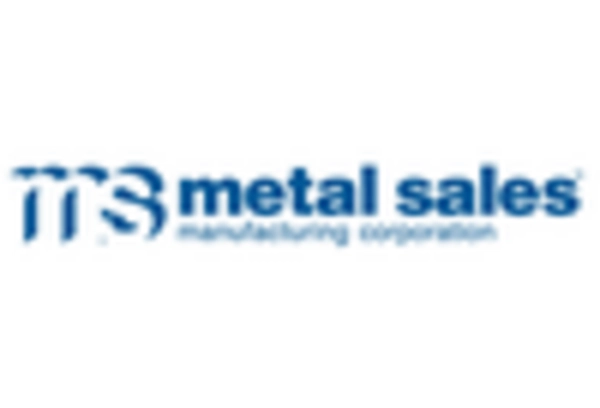








Leave a Comment